
IN THIS POST
If you want a flatter, more defined midsection these 5 tips are a MUST.
Be sure pin this post and share it with a friend. 💪🏾

Intro: How to achieve 6-pack abs
Do you have more of a “one-ish” pack than a well-defined core?
You’re in the right place then because I’m here to give you the what’s what on achieving 6-pack abs.
These 5 tips I’m about to share with you embody what it takes.
If you apply them consistently (over the long haul, because nothing happens overnight!) you’ll be on the path to building a set of abs you can finally be proud of.
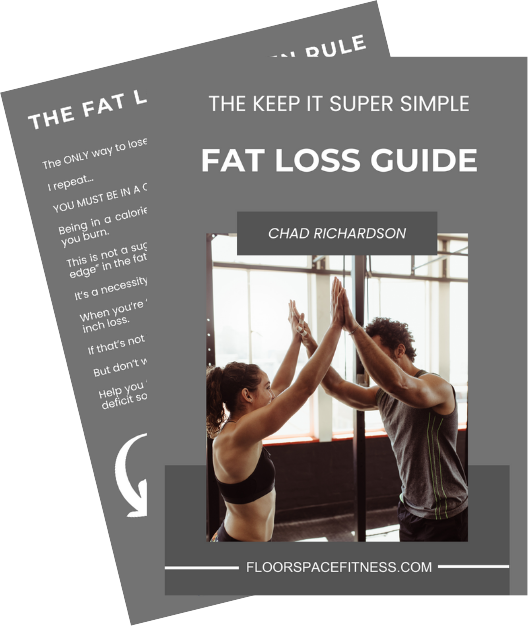
1.) Eat in a calorie deficit
This isn’t something you can negotiate or create a workaround for.
Being in a calorie deficit (consuming fewer calories than you burn) is a REQUIREMENT for fat loss.
You know you’re in a calorie deficit when you see weight loss and/or inch loss.
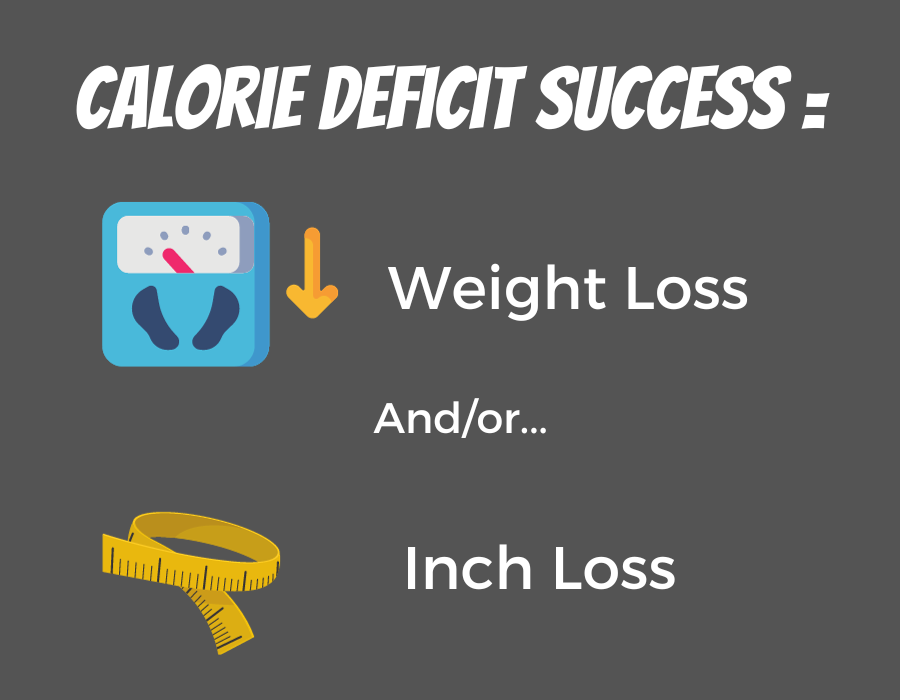
Nutrition is the main driver of your deficit and that starts with figuring out how many calories you need to eat.
Do that real quick with this post then come right back here.
Once you have that the question becomes:
How can you make sure you’re eating that many calories?
You simply count them.
I hear a lot of people say…
“Counting calories is too much work.”
“It’s way too obsessive.”
“I just don’t want to do it.”
If you’re sitting there right now nodding your head in agreement, think about counting calories like this:
The same way you budget to make sure you save money, you can count to ensure weight loss.
You don’t have to do this forever but counting calories for at least a few months will open your eyes and make you much more aware nutrition-wise.
You’ll learn A TON about your eating habits, portion sizes, and things like that.
And it’ll help you exponentially as you move forward on your fitness journey.
2.) Make protein and fiber staples in your diet
Calories count, first and foremost.
But what makes up those calories matters too.
You can either feel fuller and more satisfied while in a deficit OR so hungry your pantry and fridge don’t stand a chance against your constant snacking.
I have a couple of foods for you that’ll make staying in a calorie deficit significantly easier.
If “superfoods” were a real thing (it’s just a marketing term), these two would be it…
Protein and fiber.
Why is protein so important?
Here’s why:
- It’s super filling, which means it can prevent overeating and help you stay within your calories.
- Eating protein speeds up your metabolism (You burn more calories digesting protein than any other food).
- A little muscle loss occurs during a fat loss phase (there are a couple exceptions to this) but protein allows you to hold onto as much muscle as possible. And more muscle = more fat loss.
Related: 5 simple ways to eat more protein.
What makes fiber so special?
One, the benefit most people think of when they hear the word fiber–
It helps you poop…Which is true.
But there’s so much more to fiber than that.
Not only is it super filling just like protein but to say it’s amazing for your overall health would be one of the biggest understatements you can possibly make:
- You lower your risk of heart disease by 9% for every 7 grams of fiber you eat.
- You lower your risk of breast cancer by 5% for every 10 grams of fiber you eat.
- Eating enough fiber regularly reduces your all-cause mortality risk (chances of dying from virtually anything) by 19%.
Try to get at least 15 grams (at a minimum) of fiber for every 1,000 calories you eat.
If you’re eating 2,000 calories you’d shoot for at least 28 grams of fiber daily.
Personally, I get A LOT more than that these days.
And I can tell you I definitely notice a difference in my hunger levels the more fiber I get (it goes waaaay down).
Here’s a list I put together of some high-fiber foods:
- Berries (raspberries, blackberries, blueberries)
- Beans and lentils
- Nuts (almonds, pistachios, walnuts)
- Seeds (chia, flaxseed, pumpkin)
- Split peas
- Popcorn (no or light butter)
- Dates
- Dark chocolate
- Edamame
- Avocado (be aware of the fact that avocado is higher in calories due to its fat content)
And here’s a quick high-protein, rich in fiber recipe
It’ll take you no more than a couple of minutes to make, if that:
- Buy some frozen berries (you’ll save money and they last longer than fresh produce) and other fruits of your choice (I’m a big fan of mangos and peaches).
- Warm your fruit up in the microwave a little, toss them into a bowl of some nonfat Greek yogurt, and add a little bit of cinnamon on top.
3.) Train your abs like any other muscle group
Achieving a 6-pack doesn’t come from doing countless sit-ups, crunches, or hanging leg raises day in and day out.
Your abs need rest just like any other muscle group.
Train your abs 2-3 per week for a total of 12-16 sets.
That’s plenty as part of a well-rounded strength training program, considering you work your core when performing compound movements like squat and deadlift, among other exercises.
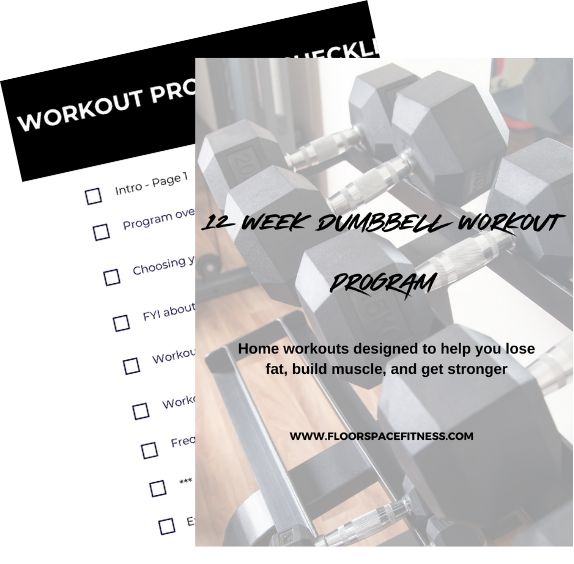
4.) Get your cardio
Strength training should be the priority in your workout routine by a long shot.
But cardio for sure still has a seat at the table.
When I say cardio, we’re talking about getting your daily steps.
Walking counts as exercise and don’t let anyone tell you different.
Why walk more?
Here are a few reasons:
- It’s something you can do every single day and you burn 300% more calories through daily movement (walking) than you do your actual workouts.
- Walking more SIGNIFICANTLY reduces your all all-cause mortality risk (which, again, is your risk of dying from pretty much any disease or condition).
- It promotes recovery and is a great stress reliever.

5.) Realize achieving a 6-pack takes time
I can’t give you an estimate on how long it’ll take you to get abs because everyone’s different and there are so many factors that play into it.
But I can tell you that “30-day ab sculpting challenge” you saw online is selling you a pipdream.
You won’t be able to do crunches and sit-ups for a week or two and then, voila, hello 6-pack.
There are no shortcuts, hacks, or secret tricks to gaining washboard abs.
But that makes sense if you actually think about it.
The body you have now didn’t happen after a month or two, so why would you expect to achieve a 6-pack in a short time frame like that?
The truth about fat loss and getting a flatter, more defined midsection is this:
It’ll probably take a lot longer than the timetable you have made up in your mind.
You have to head into this with a long-term mindset.
You can’t think short-term for the results you’re after.
If you do you’ll just end up disappointed when things don’t move as fast as you want them to.
You build a house brick by brick.
Each brick in your ab-building house is a one day of being consistent with your workouts and nutrition.
What happens when you add up all of those bricks you accumulated over the long haul?
You have a complete house and results you’re happy with.
6-pack ab myths (Do NOT buy into these!)
Myth #1: Ab exercises trump a poor diet
No matter how many ab exercises you do or how much you workout, it won’t be able to make up for a lackluster diet.
Core work can build up your abs and make them stronger.
But they’ll just be hidden underneath a layer of fat if you have poor nutrition.
Remember, you need to be in a calorie deficit to lose fat and the main driver of that is your diet.
Myth #2: You can spot-reduce belly fat
I know the thought of a specific workout or set of ab exercises to target belly sounds appealing.
But you can’t spot-reduce body fat.
You lose fat overall by being in a calorie deficit and your genetics dictate where fat loss occurs first.
For most people, belly fat is one of the last areas to go.
I don’t want you thinking, “Well, ab exercises are useless.”
Once you do get rid of the layer of fat on top by being in a calorie deficit, they can help your abs be more pronounced.
Myth #3: Carbs are a big no-no
This seems to be one of the biggest myths when it comes to fat loss so let me dispel it.
Carbs don’t automatically make you gain weight.
- What would happen if you had just one donut to eat a day, which is essentially all carbs? Would you gain or lose weight?
Lose weight, obviously. You’re only having one donut.
And that’s exactly the point. It’s not what you’re eating but HOW MUCH you’re eating that leads to weight loss/weight gain.
- Did you know that carbs and protein actually contain the same number of calories per gram of food?
I bet you haven’t heard anyone say eliminating protein is a good idea, so apply that same logic to carbs.
Myth #4: There’s such a thing as “fat-blasting” foods
The only secret for “blasting away fat” is a calorie deficit.
And that’s not a secret. 😂
Protein is about as close as you’re going to get.
It burns more calories due to its high thermic effect (The process your body goes through to digest the food you eat, which burns calories).
Eating protein also increases hormones in the body that make you feel full and reduces your hunger hormones.
That’s a win-win if you ask me.
Myth #5: High reps are best for training abs
Abs are like any other muscle.
To get the most out of your core training, take a varied approach.
Switch up your set/rep scheme (I’d recommend staying within an 8-12, maybe 15 on some occasions rep range).
Add some weight in there to make the exercises more challenging.
Perform exercises outside of your traditional crunches for a stronger, more defined, and more functional core:
- Hanging leg/knee raises
- Cable crunches
- Russian twists
- Planks
- Reverse crunches
- V-ups
- Hollow body holds
- Pallof press
- Suitcase carry
- Cable wood chops
- Bird dog exercise
- Hyperextensions

What's up?
I’m Chad, I’m happy you’re here! I’m a certified personal trainer and my goal is to help you form practical, sustainable habits that lead to lifelong fitness results. If you want to lose fat, build muscle, and live a healthier, happier life then you’re right where you need to be. 💪🏾
Free resources
⬇⬇⬇

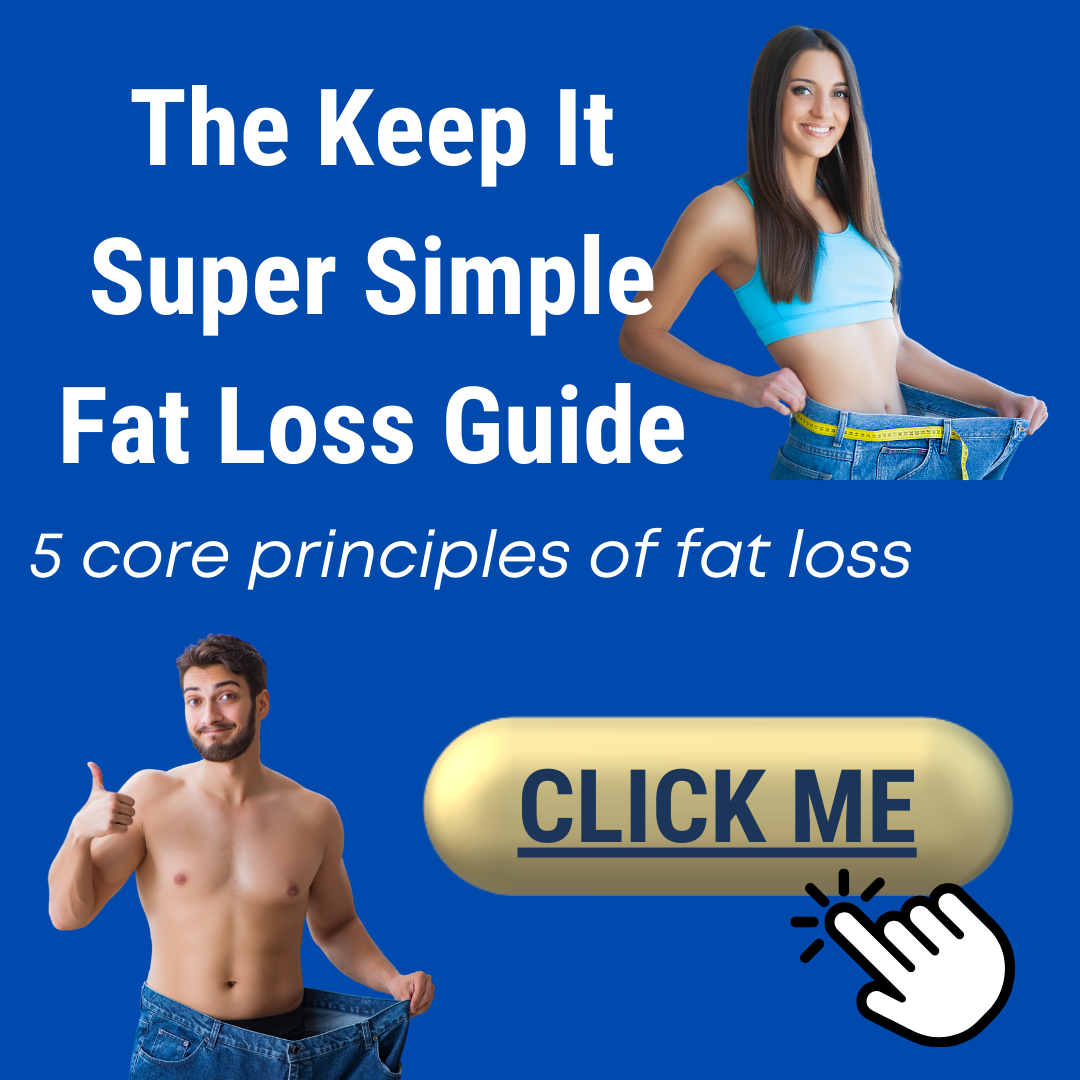
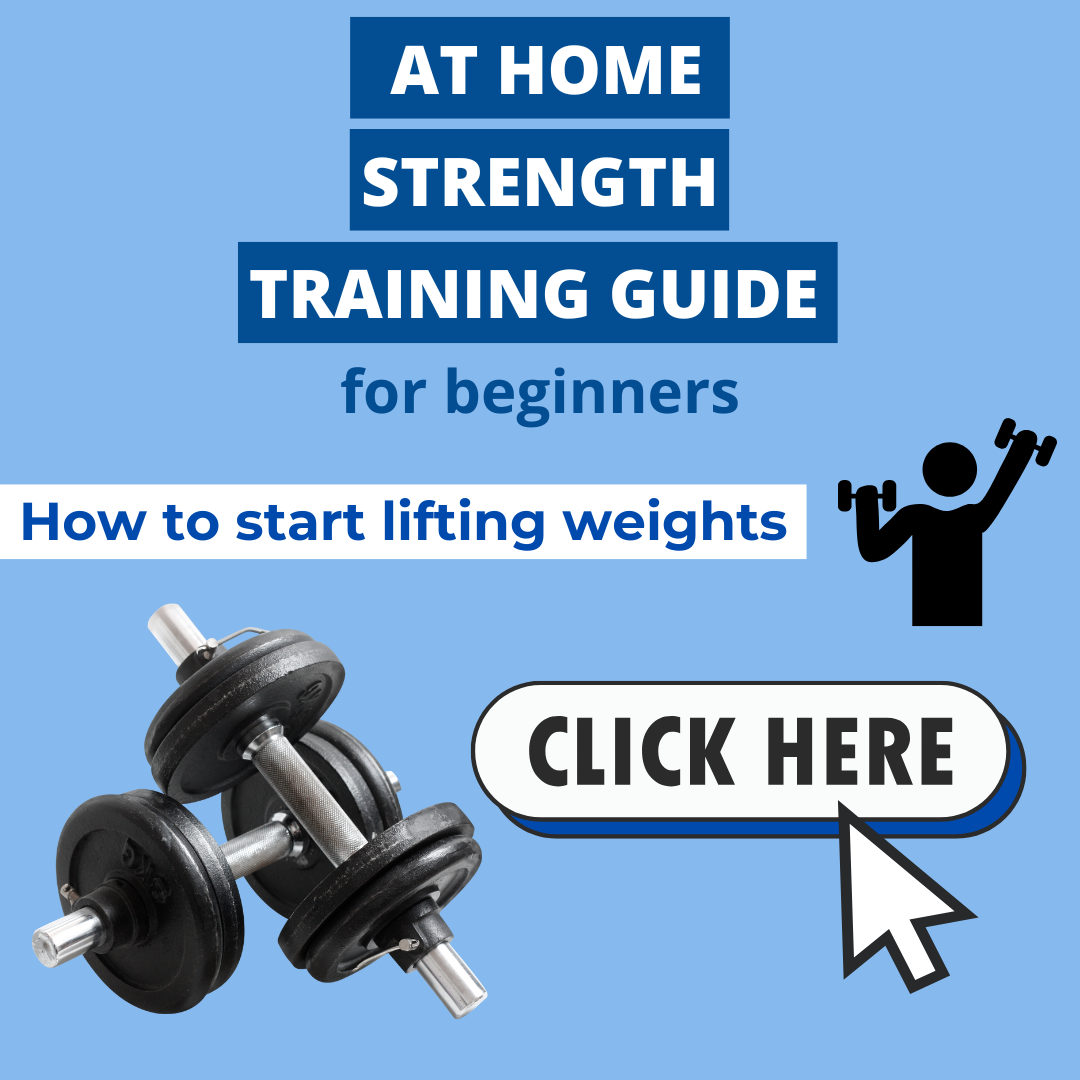
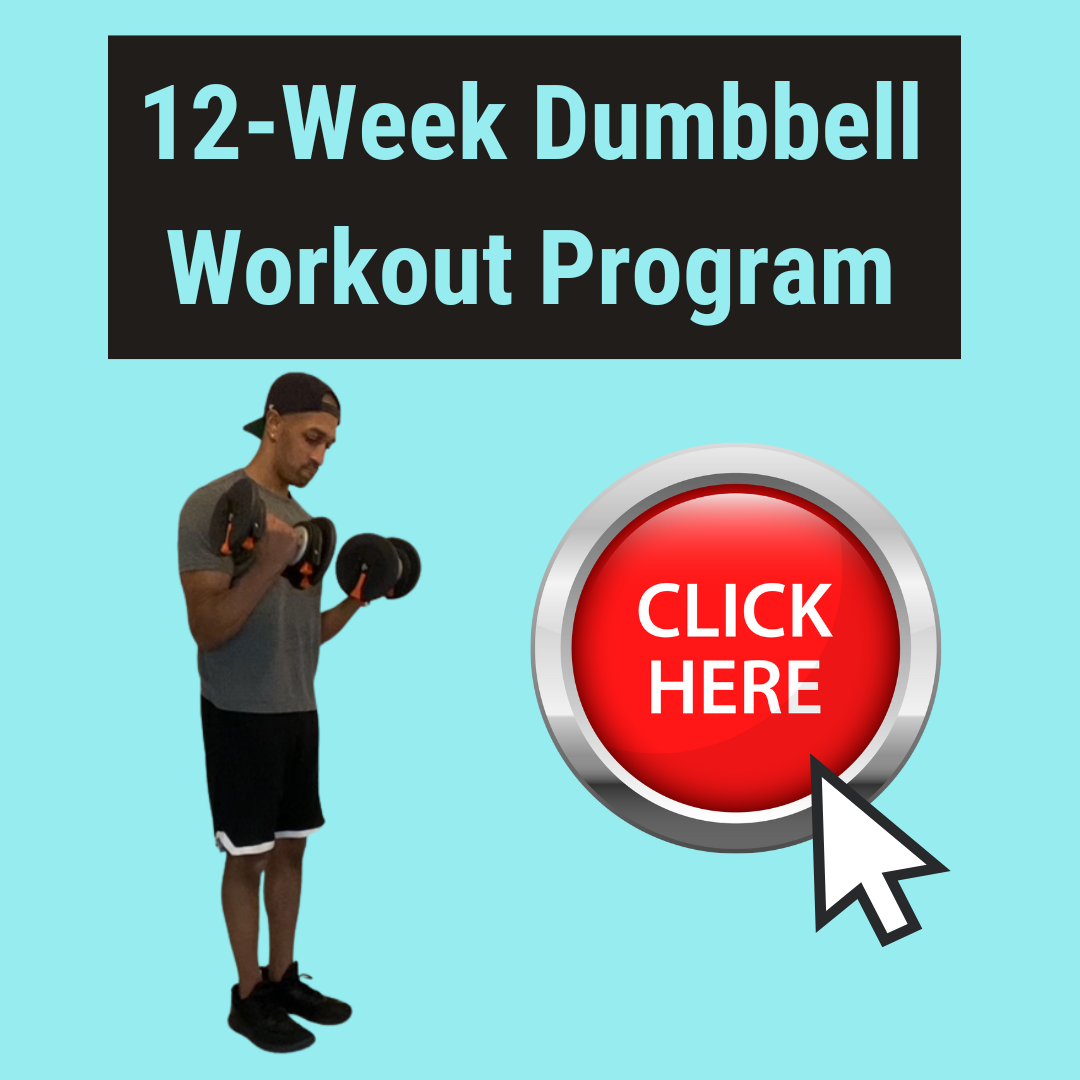
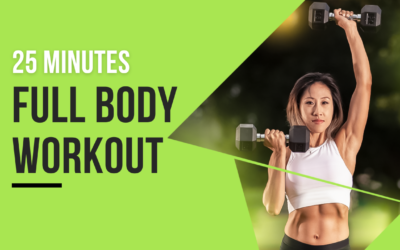
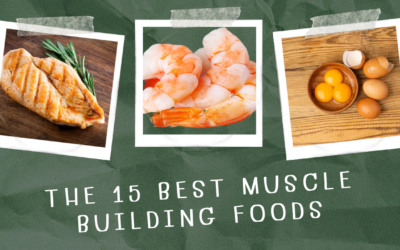

0 Comments